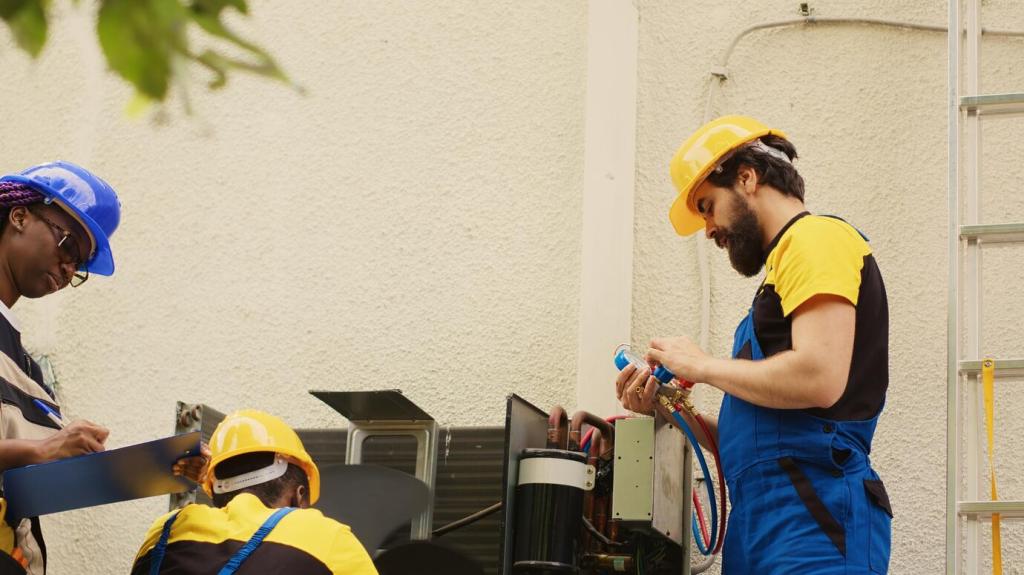Materials That Minimize Waste
Hide glue and fish glue allow future disassembly and repairs, preventing irreversible damage and replacement. Their reversibility means fewer broken joints, less material loss, and a safer path for conservators to correct mistakes decades later.
Materials That Minimize Waste
Choose finishes with long open times and proven durability, like hardwax oils or high-quality waterborne lacquers. Decant into small, airtight jars to minimize skinning, and use washable applicators to cut disposable rags.




